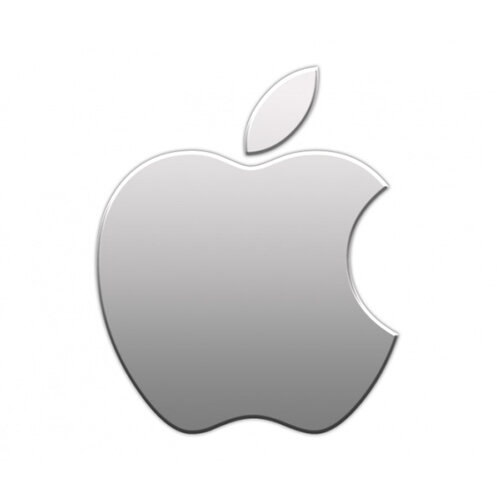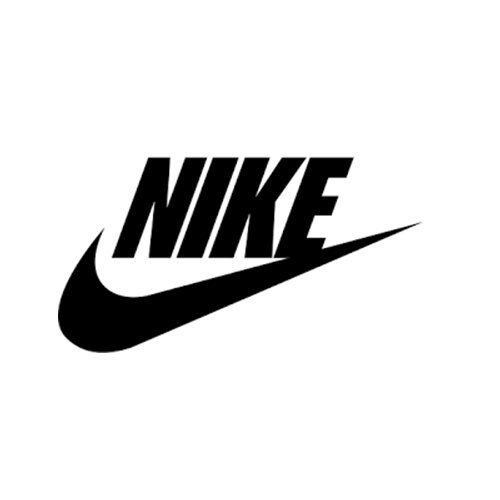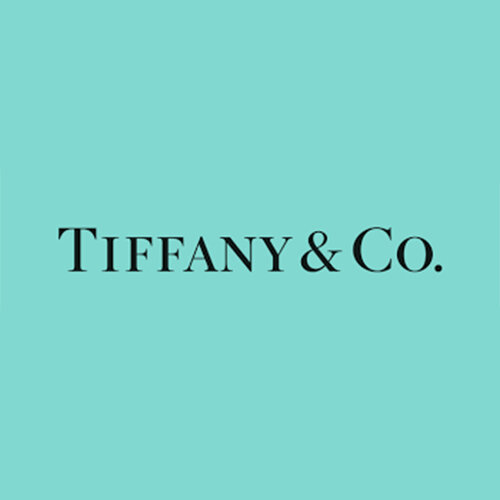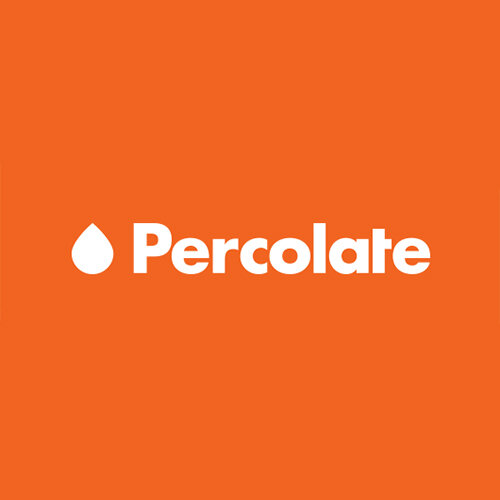How To Establish A Unique Visual Identity
Nike’s signature “swoosh” is easily one of the most recognizable logos in the world. In fact, it is so well-known that the Nike brand name no longer needs to appear next to it to prompt brand recognition. That right there, is the power of a strong visual identity.
A beautifully designed visual identity doesn’t just define a brand; it elevates it in a crowded market. Rather than just a vector graphic, your visual identity is a full experience — from the point a consumer sees your brand on social media to the point they actually purchase your product or service. Visual elements, including your logo, colors, and typography, create strategic associations in your consumers’ minds that build brand awareness.
So without saying a word, how can you create a cohesive brand identity that communicates who you are? In this article, we will discuss some visual branding tips, scientific tidbits, and key elements that comprise your visual identity.
Do your research
Yes, we know it’s laborious and tedious. As a business owner, you might think you know everything about your brand down to the core. But there’s actually a psychology behind visuals in marketing — even certain hues invoke specific emotional responses.
Not to mention, consumers form a first impression of your brand in just 2.6 seconds. To visually convey your brand’s message in that short of a time, you should have a great grasp on your brand voice, core values, and mission statement. These assets work in tandem with your visual design.
The visual elements of your brand should communicate these four details:
Your Industry
Your Services
Your Demographic
Your Values
In addition, the visuals you use are heavily associated with the industry you’re in. Whereas an accounting firm might use a simple font and geometric designs, an advertising agency might opt for a script font and more decorative elements.
For this reason, it is important to conduct research related to your business offerings, your industry, and your target demographics. Even analyzing your competitors’ visual branding can help you leverage your own. From brand personalities to industry-specific visual themes, there’s a lot you can learn from the competition. It's not uncommon to find commonalities among businesses in the same industry — like the similar red color used by video platforms Netflix and YouTube.
Keep your brand consistent
In a world where multi-channel marketing prevails, consistency is a crucial element in branding. Unifying your communication channels and visual elements presents a clear brand identity, enhances your credibility, and builds brand awareness.
Take Apple for example. For decades, they have created and reinforced a brand image that promotes their vision. From stark fonts to a neutral color palette, Apple has mastered the art of minimalism — something that allows them to stand out among their competitors. Their advertisements are incredibly simple, just like the products themselves.
Consumers respond favorably to brands they are familiar with. When your brand becomes so synonymous with your product experience, it eliminates the hassle of having to continuously convince your audience to purchase your product.
Create cohesive visual elements
Many people consider the logo to be the sole signifier of a brand’s visual identity. However, there are many other elements that supplement the logo and bring a brand to life. Let’s discuss some important elements that make up your visual identity.
Logo
Your logo is your brand in its simplest form. It should be powerful enough to stand on its own — just like the extremely recognizable Nike “swoosh.”
As the most identifiable part of your brand, your logo builds the foundation for your visual identity. It lives on everything from brochures to digital signage to your website, making it the most available avenue for promoting your business. This also means it needs to be both scalable and flexible to fit into any particular context.
You want your logo to be innovative, but it doesn’t have to be overly complex to draw attention. After all, Coca-Cola’s logo is just a straight line of text in a singular font with no graphical elements surrounding it. As long as it is representative of your brand, your logo accomplishes its purpose.
So how do you go about designing the perfect logo? There’s no one way to do it, but there is somewhat of a science behind it. In one study, logos with a natural design outperformed those with an abstract design. Even the color of your logo can affect how your audience perceives your company, which we will touch on in the next section.
Colors
Color is powerful — so powerful that luxury jewelry retailer Tiffany & Co. trademarked its robin egg blue as part of its visual identity.
Other brands have followed suit and claimed colors as their own. Manufacturing giant 3M trademarked the canary yellow color you see on Post-It notes, and The Home Depot has legal rights to its signature orange.
Of course, most brands don’t trademark their colors — this just goes to show how important a role color can have in your visual branding efforts. There are even certain colors associated with different industries. For instance, the color blue is often used by medical industries as a symbol of cleanliness and wellness. And many fashion and finance companies use the color black to convey sophistication, power, and stateliness.
However, you aren’t restricted to just one, or even two different colors. Color palettes often dedicate specific shades to different types of marketing content. Two colors may govern your logo, while another two may support your website design. Here’s a breakdown of the colors your brand guidelines should include:
1 Main Color
2 Primary Colors
2 Accent Colors
3-5 Secondary Colors
Typography
When it comes down to choosing fonts, there are so many questions you’ll battle with. Serif or sans serif? Classic or trendy? Fun or formal?
Several companies, including Google, Airbnb, Spotify, and Pinterest, first launched their brands using idiosyncratic typefaces and later transitioned to sans-serif fonts. This shift from quirkier to simpler fonts demonstrates that typography doesn’t always have to be elaborate to gain attention. When it comes to typeface choices, many designers agree that the more generic, the more reliable.
Whichever fonts you choose, remember that your typography should ultimately be influenced by the style of your logo. Transportation giant Uber did just that in their recent rebrand.
“When the typeface and fonts are related, it makes sense to lead getting the logo right, then making work that’s derivative from that aspect,” said Jeremy Mickel, who headed Uber’s rebranding efforts.
A more difficult challenge presents itself when pairing fonts for marketing materials. Choosing compatible fonts is an enigma that even the most experienced designers are working to solve. You need appropriate fonts for headings, subheadings, and body copy to suit each type of content you create.
Photography
In a digital landscape saturated by a wealth of words — but a poverty of attention spans —visual storytelling with photography is essential. Content with relevant imagery receives 94% more views than content without it.
When you analyze any piece of content, whether it be a website, an email, or a brochure, nothing is more off-putting than a wall of text. This is where the magic of photography comes to play. Photographically-strong brands are able to better tell their story, connect with consumers, and humanize their business. To appeal to your audience, opt for well-composed images with natural lighting over sterile stock photos, like smiling professionals in business attire.
A brand whose photography lies at the core of their visual identity is National Geographic. As one of the most prestigious companies in terms of impactful photography, they lend their accomplishment of topping 100 million Instagram followers to their 130-plus photographers.
Illustrations
Who ever thought doodles and sketches would become the backbone for some of the most visually compelling brands? Many SaaS companies, including Slack, Shopify, Etsy, and Mailchimp, have leveraged illustrations to help define their visual identities. File-sharing company Dropbox has a ten-year history of building its brand around colorful, sketch-like illustrations.
Jon Ying, one of Dropbox’s first employees, wanted to harness the power of illustrations to build emotional connections with consumers. His philosophy for creating illustrations merged metaphor and pop culture to put a fun spin on an extremely boring concept — cloud storage.
Because illustrations come in all shapes, colors, and sizes, they are a very representative way for socially conscious brands to make sure they’re being inclusive to their communities. They are also helpful for simplifying complex topics as well as illustrating abstract concepts.
Data visualization
The practice of creatively displaying data is taking the world by storm. By leveraging visual elements like graphs, tables, and charts, data visualization allows your audience to gain insight from complex data and statistics at a glance.
So how can you go about integrating data visualization into your visual identity? First, you need to pinpoint data you want to visualize. This could be a variety of things including industry trends, concepts, strategies, and processes.
Creating infographics is also a great way to make use of data visualization. The Content Marketing Platform Percolate does a great job illustrating dynamic information via their proprietary app. Infographics are long, narrow graphic representations that can be used to simplify complex topics, illustrate tutorials, or showcase data like survey results or consumer demographics.
Nevertheless, in the age of big data — where the world produces 2.5 quintillions bytes of data each day — it’s important to find graphical ways to make sense of it all.
Website design
In many cases, your website homepage is your virtual front door and dictates the first impressions you give your audience.
For this reason, an exceptional website design is vital to marketing success. If your interface appears outdated or unappealing, your consumer won’t be interested in learning more about your product — even if it's exactly what will satisfy their needs. In fact, 38% of people will stop engaging with your website if your content and layout are unattractive.
The best websites effectively use white space, CTA placement, photography, and other graphic elements to communicate their brand as effectively as possible. Carving out an impactful visual identity as you grow your brand, is paramount to your success. Additional elements your website should feature include:
Video and Motion
Iconography
Interactive Elements
Graphic Design
Conclusion
Your visual identity can truly make or break your branding efforts. Think of it as the face of your business — it dictates whether you’re playful or serious, authoritative or laid-back, or classic or modern. From your product packaging to your social media presence, all your visual elements work together to communicate who you are and what you stand for.








